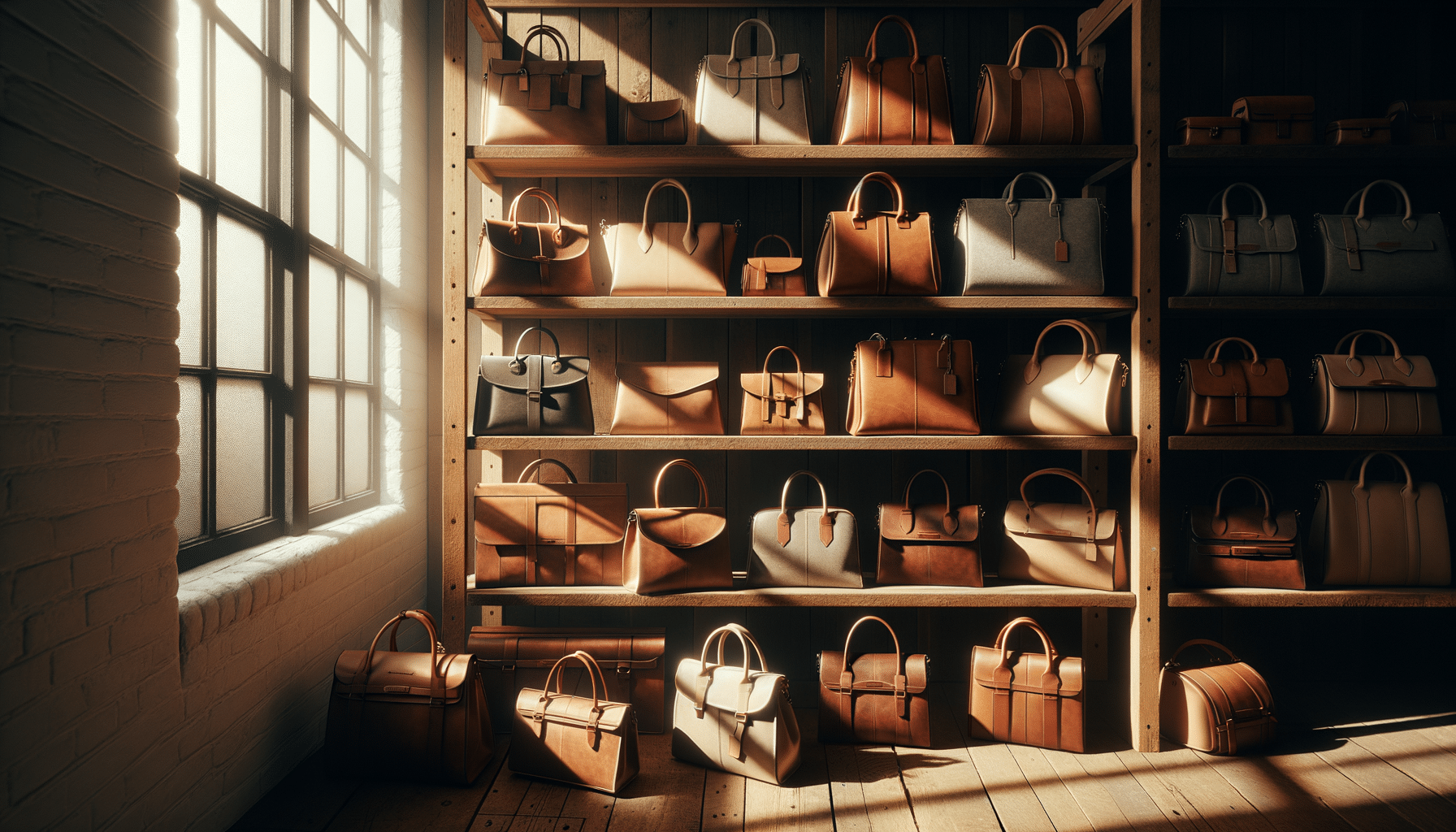
The Timeless Appeal of Handbags: Fashion, Function, and Personal Expression
The Evolution of Handbags: A Historical Perspective
Handbags have been an essential accessory for centuries, evolving from simple pouches to sophisticated fashion statements. In the Middle Ages, both men and women carried bags for practical purposes. These early versions were often made from leather or cloth and were used to carry coins and personal items. As society progressed, so did the handbag, reflecting the cultural and social shifts of each era.
By the 19th century, the handbag had become a predominantly female accessory, symbolizing the changing roles of women in society. The Industrial Revolution brought advancements in manufacturing, allowing for greater variety in materials and designs. Handbags became more than mere utility items; they were expressions of personal style and social status.
In the 20th century, the handbag industry experienced a boom, with designers creating iconic pieces that are still celebrated today. From the structured elegance of the 1950s to the bold and colorful designs of the 1980s, handbags have continuously adapted to the fashion trends of the time. Today, they remain a staple in every wardrobe, combining fashion with function and personal expression.
Materials and Craftsmanship: The Art of Handbag Making
The craftsmanship of handbags is an art form that requires skill and precision. High-quality handbags are often crafted from materials such as leather, canvas, and synthetic fibers. Leather, in particular, is renowned for its durability and timeless appeal. It ages beautifully, developing a patina that adds character to the bag.
Artisans skilled in leatherworking techniques, such as stitching, cutting, and embossing, create handbags that are not only functional but also works of art. The attention to detail in the construction of a handbag can greatly affect its longevity and aesthetic appeal. Many luxury brands employ traditional handcrafting techniques, ensuring each piece is unique.
In recent years, there has been a growing demand for sustainable and ethically sourced materials. Brands are exploring alternatives like vegan leather and recycled materials, catering to environmentally conscious consumers. This shift not only addresses environmental concerns but also opens up new avenues for creativity in handbag design.
Functionality Meets Fashion: The Versatile Handbag
Handbags are more than just fashion accessories; they are practical tools for everyday life. The design of a handbag can greatly influence its functionality, with different styles catering to various needs. From the compact clutch perfect for evening events to the spacious tote ideal for work or travel, there is a handbag for every occasion.
Many handbags feature compartments and pockets, designed to keep items organized and easily accessible. The choice of closures, such as zippers, magnetic snaps, or clasps, also contributes to the bag’s practicality. Adjustable straps and handles enhance versatility, allowing the user to carry the bag in different ways.
In the world of fashion, handbags are often seen as statement pieces that can elevate an outfit. Designers play with colors, patterns, and textures to create visually striking pieces that capture attention. A well-chosen handbag can complement or contrast with an ensemble, adding a layer of sophistication and style.
Handbags and Personal Expression: A Reflection of Individuality
Handbags offer a unique opportunity for personal expression. They can reflect an individual’s personality, lifestyle, and tastes. Some people prefer classic, understated designs, while others opt for bold, avant-garde styles. The choice of a handbag can say a lot about a person, serving as a form of non-verbal communication.
The customization trend has gained popularity, with many brands offering personalized options. Monogramming, custom colors, and unique embellishments allow individuals to create a handbag that is truly their own. This level of personalization enhances the emotional connection between the owner and their handbag, turning it into a cherished possession.
Moreover, handbags can carry sentimental value, often passed down through generations as family heirlooms. The stories and memories associated with a handbag can make it far more than just an accessory, but a treasured piece of history.
The Future of Handbags: Trends and Innovations
The handbag industry continues to evolve, driven by technology, sustainability, and changing consumer preferences. Smart handbags equipped with technology like wireless charging and GPS tracking are emerging, offering new functionalities for the tech-savvy consumer. These innovations blend convenience with style, appealing to a modern audience.
Sustainability remains a key focus, with brands exploring eco-friendly materials and practices. The rise of the circular economy encourages the recycling and upcycling of handbags, reducing waste and promoting a more sustainable industry. This shift not only benefits the environment but also fosters a culture of creativity and resourcefulness.
As fashion becomes more inclusive and diverse, the range of handbag designs is expanding to cater to a wider audience. This inclusivity is reflected in the variety of styles, sizes, and price points available, ensuring that there is a handbag for everyone.
In conclusion, handbags continue to be a dynamic and integral part of fashion, merging practicality with personal expression. As trends and technologies evolve, the world of handbags promises to remain exciting and relevant for years to come.


